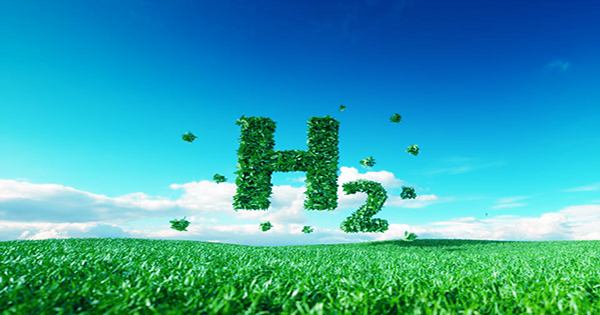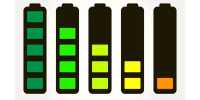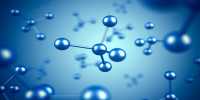Hydrogen is an energy-dense fuel that produces nothing but water when combusted, which avoids both fuel air pollution and the existing fuel climate. Yet its widespread use requires three things: a cheap source of clean energy to split water, an effective system for splitting, and a safe and affordable way to store and remove gas created at once.
The dream of an economy where hydrogen replaces fossil fuels for transportation and energy storage, with discovery closer to reality shows that magnetic fields can increase gas production from water. Explorations could lead to the replacement of expensive catalysts and other external solutions, changing the economy of converting water into fuel.
The immersive price of solar power in sunny places is offering us the first. The most effective methods available for the second, however, depend on catalysts using “noble” metals such as platinum or iridium. Since platinum is more expensive as gold than gold, and the presence of iridium so rare serves as a marker for asteroids, the problems are obvious. Although the definition of catalysts should not be consumed in chemical reactions that encourage them, the consumption of noble metals does not justify the hydrogen they can produce.
Garcés-Pineda said in a statement, “Simplicity … and the low cost of technology make it suitable for industrial applications.” In his quest to improve the effectiveness of cheaper alternatives, Dr. Felipe Garcés-Pineda of the Institute of Chemical Research in Catalonia has discovered that magnetic fields can at least help when the catalyst itself can be magnetic. Catalysts made of magnetic metallic iron or nickel, at the expense of a fraction of the precious metal, exist for water separation but are currently inefficient and produce hydrogen at a lower cost.
In Nature Energy, Gars-Pineda has developed a variety of low-cost catalysts, partly from nickel or iron, which has improved the applied magnetic field by at least 10 percent.
The most dramatic effect of the Garcés – Pineda materials was with NiZnFe4Ox, where hydrogen production more than doubled when the magnetic field was introduced. All four basic components are common and widely used, so the cost of the catalyst is very small compared to platinum and its relatives. As an added bonus, the magnetic field attaches the catalyst to the nickel substrate rather than the need for adhesives. Nickel-foam electrodes were seen to be 40 percent more efficient in the magnetic field as a great hope for hydrogen production.
Tests are less than 450 miles, 10,000 times stronger than the Earth’s magnetic field, but nothing extraordinary by laboratory standards. The technique seems to work because it aligns the electron spin of the oxygen molecule that is released as the water splits. The formation of oxygen-oxygen bonds is currently a barrier to hydrogen production because since O2 does not form, residual oxygen prevents the release of hydrogen.
















